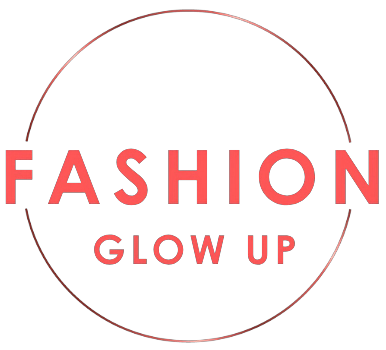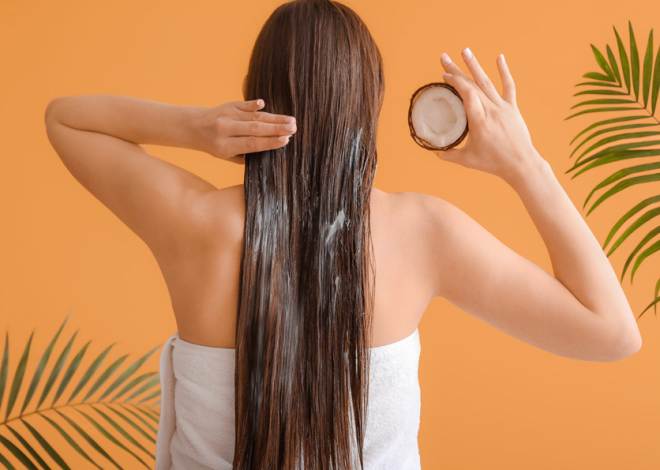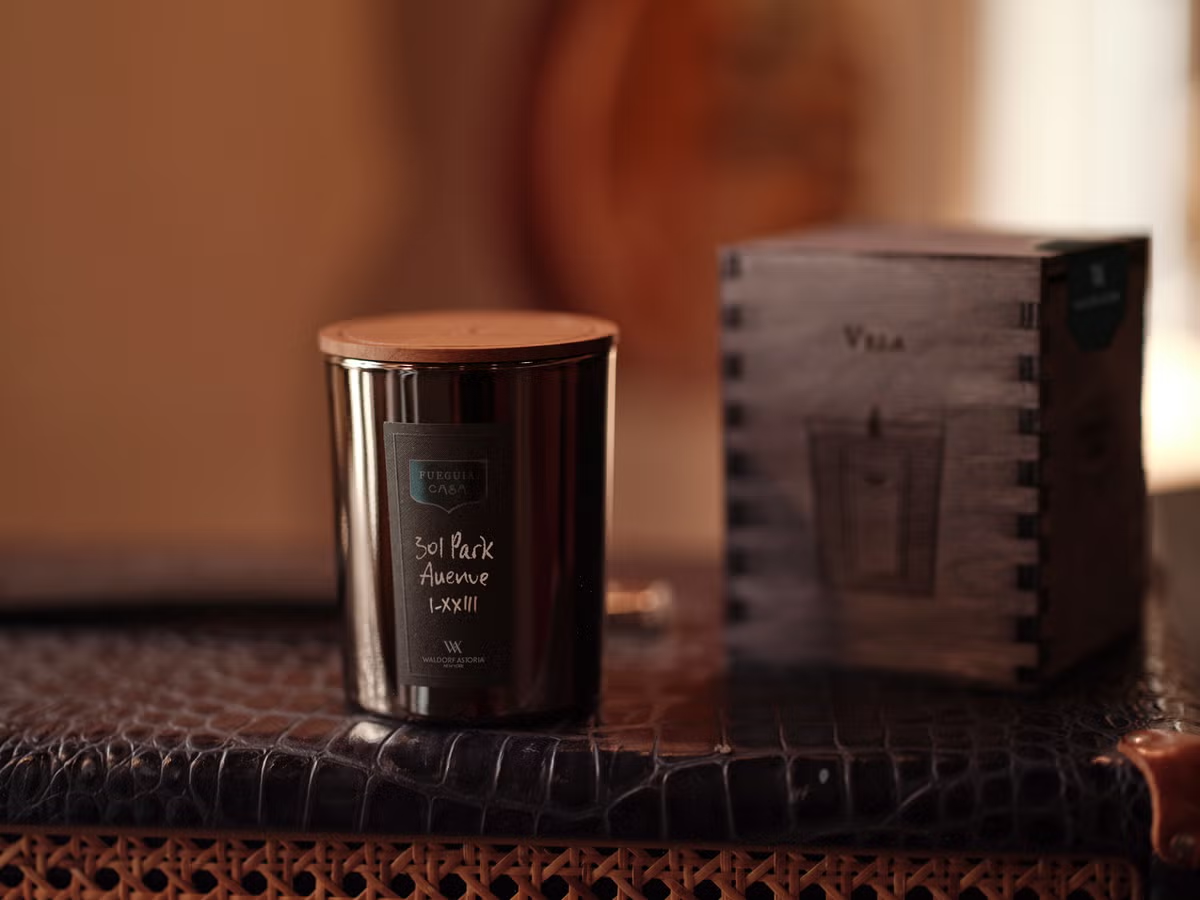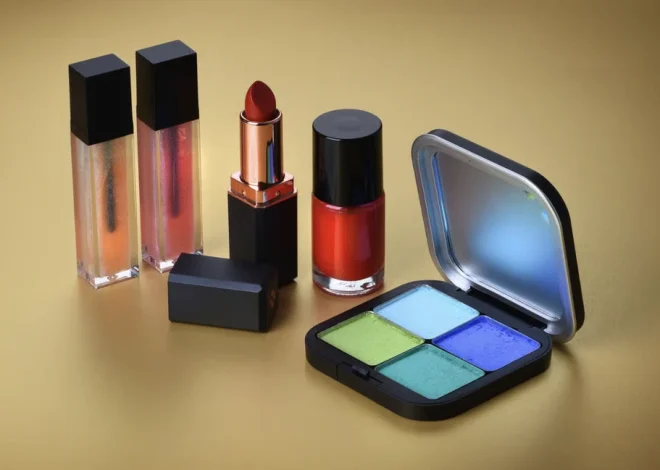The Power of Fragrance: Shaping Mood, Memory, and Personal Style
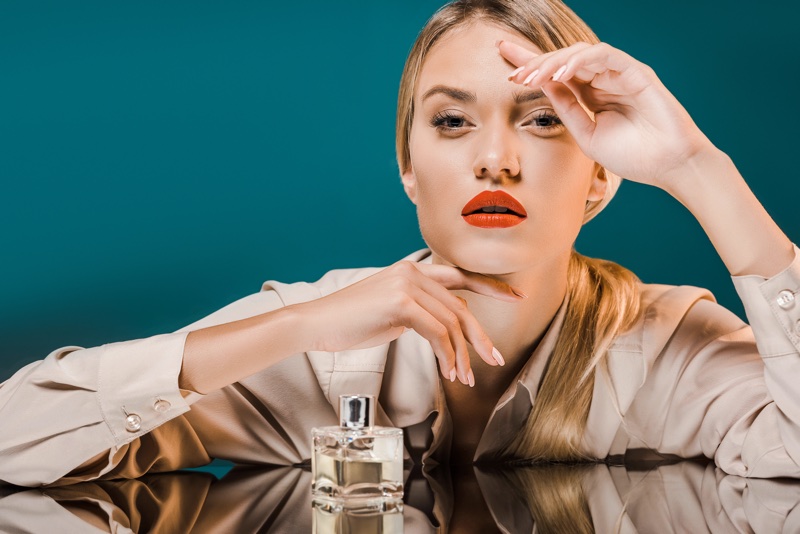
Fashion is more than just clothing; it’s a representation of one’s identity. From the fabric to the colors, each piece tells a story about who we are or aspire to be. Yet, the most personal part of that expression is something invisible: your fragrance.
Perfume enhances your look and transforms it. A single scent can convey power, gentleness, confidence, or mystery. It lingers in the air long after you’ve left, subtly influencing how others remember you. Much like a tailored outfit, fragrance is intimate, crafted, and expressive.
This is why many fashion enthusiasts start their daily routine not with their clothes, but with a spritz of fragrance that defines their mood. A sophisticated scent, like those from Creed, sets the tone before a single word is spoken.
The Invisible Luxury That Shapes First Impressions
Unlike other fashion choices such as handbags or shoes, fragrance isn’t visible. Instead, it’s felt. It drifts, surrounds, and connects. It’s part of your aura. While fashion appeals to the eyes, scent appeals to memory, making it one of the most psychologically impactful aspects of personal style.
The olfactory system is directly linked to the limbic system, which governs memory, emotions, and behavior. This direct connection explains why scent is so potent at triggering memories. A single scent can evoke nostalgia, love, desire, or calm in an instant. Fragrance becomes a reflection of emotion, identity, and legacy.
A Fragrant History: Fragrance in Fashion’s Evolution
Fragrance and fashion have always shared a deep bond. In ancient Egypt, scent played a role in ceremonial attire. During the Renaissance, aristocrats adorned themselves with perfumed gloves and embroidered sachets.
By the 20th century, renowned fashion houses like Chanel and Dior began bottling the essence of their collections into perfumes.
In 1921, the launch of Chanel No. 5 revolutionized the concept of fragrance. It was no longer just a tool for masking odors but a symbol of seduction, power, and self-reinvention.
Today, luxury brands like Creed continue this tradition, combining historical craftsmanship with modern storytelling in their scents. Just as fashion evolves each season, so does the way we relate to fragrance. It’s no longer static but dynamic, offering endless opportunities for self-expression.
How Fragrance Completes Your Outfit
Fragrance is a sensory complement to your outfit. Just as you wouldn’t wear high heels to a beach brunch, your scent should align with your environment, energy, and intentions.
The right fragrance can elevate everything from a minimalist dress to a bold fur coat. It serves as the “invisible layer” – similar to the silk lining of a jacket or the understated elegance beneath a formal blouse.
- Woody and leather notes ground structured tailoring with strength.
- Floral and powdery scents soften sharp silhouettes, adding a contrast in texture.
- Citrus and green notes complement light fabrics, denim, or monochrome outfits.
- Amber and oud enhance eveningwear and bring depth to darker clothing choices.
Fragrance is not just about complementing the vibe; it’s about creating one.
The Psychology of Scent: What Your Fragrance Reveals About You
Choosing a fragrance is much like selecting an outfit—it reflects your inner state. However, unlike clothing, scent influences you from the inside out. Studies show that fragrance can boost confidence, ease anxiety, and sharpen focus.
When your scent matches your style, magic happens. Harmony, intention, and presence are created. A look becomes a moment, and that moment turns into a lasting memory.
Fragrance Archetypes
- The Muse: White florals, rose, and musk. Subtle elegance that commands attention.
- The Disruptor: Spices, incense, tobacco leaf, and leather. Bold outfits with an edge.
- The Minimalist: Crisp neroli, vetiver, green tea. Simple, clean silhouettes with a scent that feels effortless.
- The Seductress: Amber, patchouli, saffron. A powerful, alluring scent that turns heads.
Building Your Fragrance Wardrobe
Much like your seasonal wardrobe, think of your perfumes as a rotating collection. A fragrance wardrobe allows you to select scents based on mood, events, weather, and the impression you wish to make.
Start by selecting a signature scent—a fragrance that represents your core essence. Then, add a light, daytime fragrance for everyday wear, and a bold, sensual option for evening events. Don’t forget a scent that lifts your spirits when you need it, much like a bright lipstick on a gloomy day.
Many perfume houses provide a range of scents that complement each other, making it easy to curate your collection, ensuring your fragrances maintain a cohesive story—even when the tone changes.
The Future of Fragrance in Fashion
As fashion becomes more digital and personal, fragrance is evolving into a new form of luxury language. Unlike visual elements, scent cannot be replicated in a digital space. It remains tangible, intimate, and rooted in the present.
For younger generations, particularly Gen Z, who value individuality and self-expression, fragrance represents timelessness and transformation. It’s both a shield and a form of attraction, a performance that makes a statement.
In an increasingly visual world, scent remains a deeply personal mark, an unforgettable signature. Next time you dress with purpose, remember that your fragrance speaks before you do.
